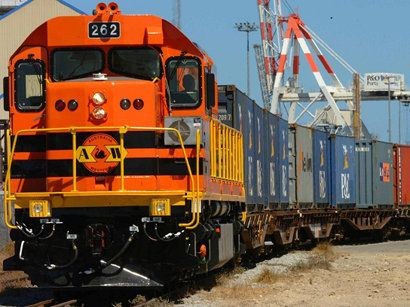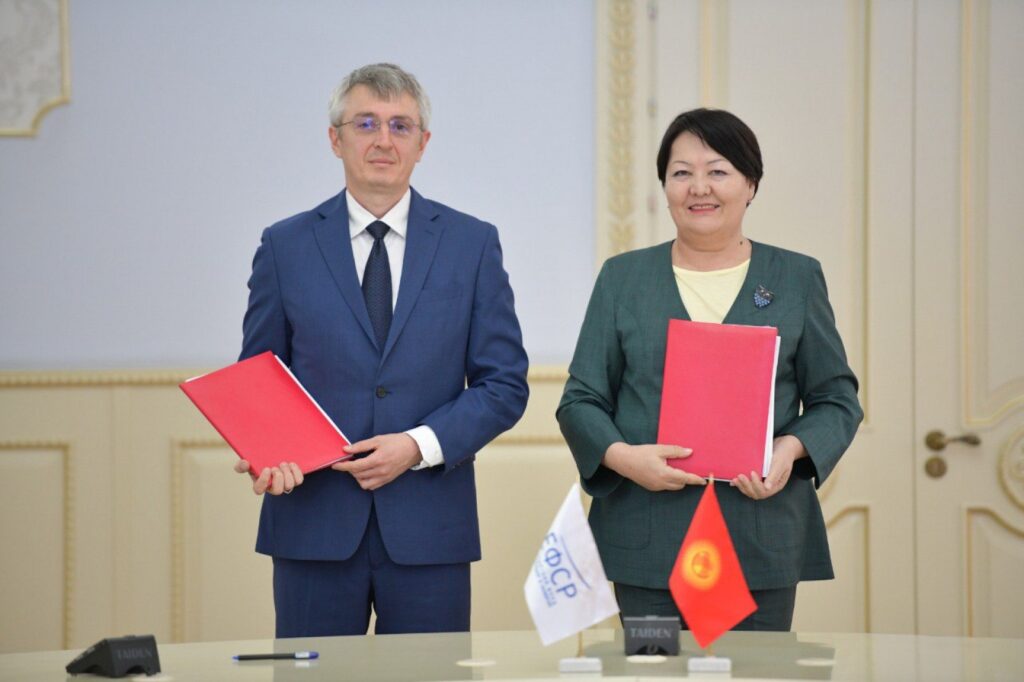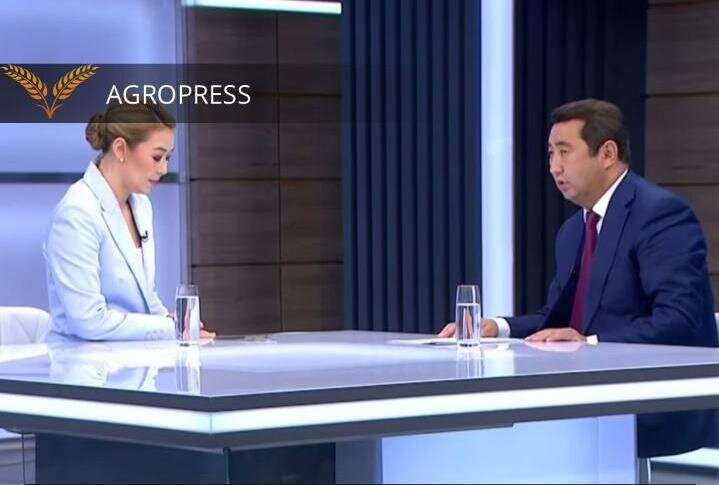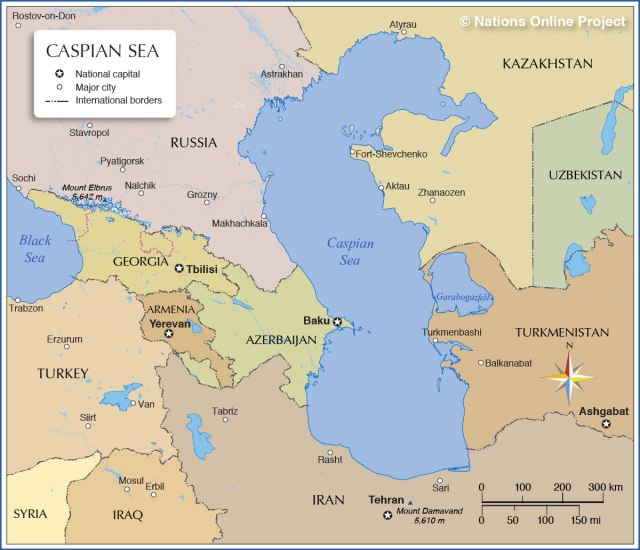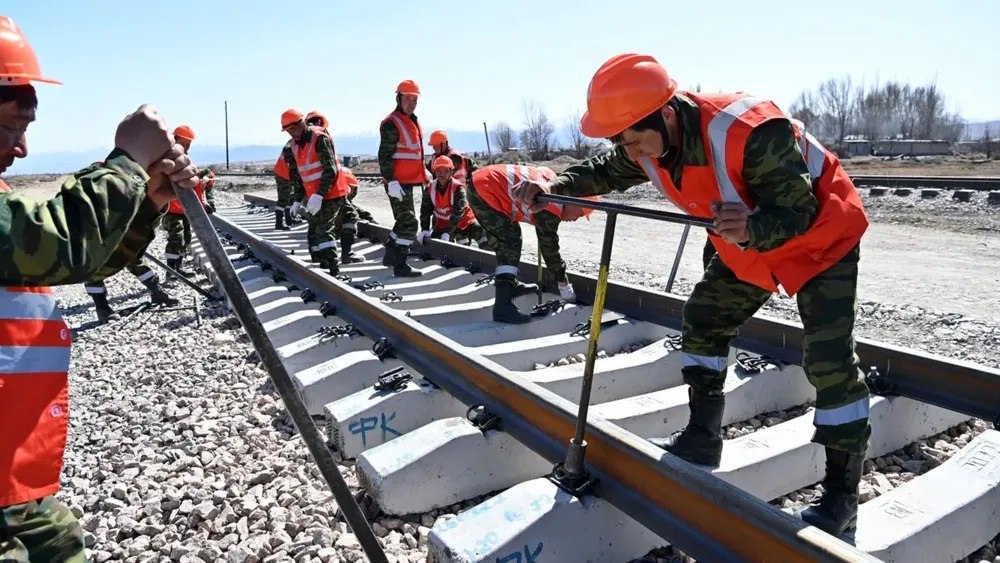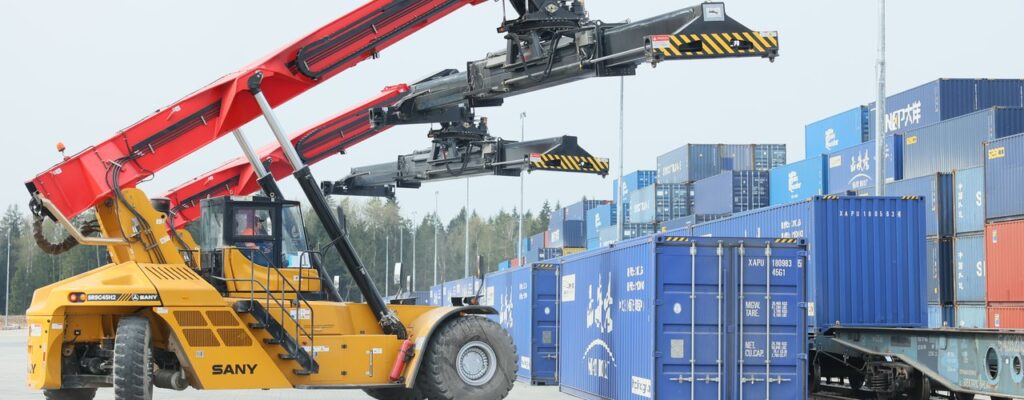BISHKEK (TCA) — The evolvement of China’s Silk Road Economic Belt initiative has boosted shipments from China to Europe and vice versa using the railway network of the Eurasian Economic Union (EEU) member countries, primarily Kazakhstan and Russia, according to the report titled Silk Road Transport Corridors: An Estimate of Potential Increases in Freight Traffic through the EEU, prepared by the Centre for Integration Studies of the Eurasian Development Bank (EDB).
In 2010-2017, transit container flows from China to the EU have grown from 5,600 TEU (a 20-foot container equivalent) to almost 164,000 TEU. Rail container flows from the EU to China have increased from 1,300 TEU in 2010 to over 98,000 TEU in 2017. In 2017, container transit through the EEU along the China – Europe – China route totaled 262,000 containers, which is 1.8 times more than in 2016.
According to the EDB’s analysis, the annual increase in the number of container trains and the amount of freight transported by containers in 2013-2016 along China – EEU – EU routes was mostly due to China’s rail subsidies. The actual “zeroing out” of container shipping rates in the territory of China has motivated Chinese exporters to shift from sea to rail transport.
The Centre for Integration Studies estimates that in 2016 the subsidies extended by Chinese provinces approximated US $88 million. The estimate is based on the assumption that the average subsidy was US $2,500 for a 40-foot container, and that the overall quantity of subsidised 40-foot containers shipped from China’s central provinces was around 35,000. Subsidies per 40-foot container average a mere 0.3-0.4% of the value of cargo shipped in it.
Rail shipments offer a range of non-price advantages for freight forwarders. They are convenient in that they cut transportation time and ensure regularity and door-to-door delivery. “The accuracy of rail timetables (99.7% of container trains between China and Europe run exactly to schedule), door-to-door delivery and transportation times that are approximately three times less compared to sea shipments are the advantages of rail transport,” Evgeny Vinokurov, Director of the Centre for Integration Studies, notes. “The non-price potential has not been exhausted yet: the number of container shipments per week may triple by 2020, to some 100 a week.”
The Centre for Integration Studies believes that the currently used through rate (including subsidies) of US $5,500 per 40-foot container on average may double container flows to 500,000 TEU in 2020.
Beyond 2020, the rates would not produce such a noticeable effect, even if maintained at the previous level, and increases in container flow will drop. The prerequisites for further growth will include lower rates, investments in the debottlenecking of the transport and logistics infrastructure (the construction of additional railways, the electrification of rail sections, the upgrade and modernisation of locomotive fleets, the use of special rolling stock, and the construction of transport and logistics centres and infrastructure at border crossings, among other things), and international coordination of transport policies at the level of “Big Eurasia.”
In an optimistic scenario, the aggregate container flows along the China – EEU – EU route may grow to 1.3 million TEU in the long term.
The Eurasian Development Bank (EDB) is an international financial institution founded by Russia and Kazakhstan in January 2006 with the mission to facilitate the development of market economies, sustainable economic growth, and the expansion of mutual trade and other economic ties in its member states. The EDB’s charter capital totals US $7 billion. The member states of the Bank are Armenia, Belarus, Kazakhstan, Kyrgyzstan, Russia, and Tajikistan.
